No products in the cart.
Packaging Tips: Style Meets Protection for Home Goods
-
By: Caroline Ray
-
January 22, 2025
Can the right packaging turn home goods into memorable keepsakes? A perfect blend of style and protection is not just desirable—it’s essential. Home goods need packaging that not only looks great but also keeps items safe during transit. This article dives into packaging tips that strike the delicate balance between aesthetic appeal and protective function, ensuring your products captivate and reassure customers simultaneously. Follow along to learn how selecting the right materials can elevate both the appearance and security of your home goods packaging.
 How does preventing movement during transit enhance packaging safety? It minimizes the risk of damage to home goods by ensuring that items remain stable and protected throughout the shipping process. Utilizing materials such as paper shred or packing peanuts fills voids within the box, effectively immobilizing the items. This overfilling technique not only cushions the contents but also prevents them from shifting. By securing items in this way, businesses can maintain the integrity of their products, reducing the likelihood of returns due to damage.
What are effective sealing techniques that protect contents from external environments? Using pressure-sensitive tapes, straps, or shrink/stretch wraps ensures that packages remain tightly closed and resistant to environmental factors such as moisture and dust. These sealing methods offer a robust barrier against external elements, safeguarding the contents during handling and transit. Properly sealed packages are less susceptible to accidental openings, maintaining the condition of the products inside. In doing so, they provide an additional layer of protection, enhancing the overall safety of the shipment.
How can aesthetic and functional elements be combined in packaging design? By integrating visually appealing elements with practical features, packaging can be both stylish and functional. For instance, choosing packaging colors and patterns that reflect the brand’s identity can add elegance while ensuring durability through the use of sturdy materials. Incorporating decorative wraps or custom inserts can elevate the unboxing experience, making it memorable for the recipient. This blend of style and protection not only enhances product appeal but also reinforces brand perception, offering a comprehensive packaging solution.
How does preventing movement during transit enhance packaging safety? It minimizes the risk of damage to home goods by ensuring that items remain stable and protected throughout the shipping process. Utilizing materials such as paper shred or packing peanuts fills voids within the box, effectively immobilizing the items. This overfilling technique not only cushions the contents but also prevents them from shifting. By securing items in this way, businesses can maintain the integrity of their products, reducing the likelihood of returns due to damage.
What are effective sealing techniques that protect contents from external environments? Using pressure-sensitive tapes, straps, or shrink/stretch wraps ensures that packages remain tightly closed and resistant to environmental factors such as moisture and dust. These sealing methods offer a robust barrier against external elements, safeguarding the contents during handling and transit. Properly sealed packages are less susceptible to accidental openings, maintaining the condition of the products inside. In doing so, they provide an additional layer of protection, enhancing the overall safety of the shipment.
How can aesthetic and functional elements be combined in packaging design? By integrating visually appealing elements with practical features, packaging can be both stylish and functional. For instance, choosing packaging colors and patterns that reflect the brand’s identity can add elegance while ensuring durability through the use of sturdy materials. Incorporating decorative wraps or custom inserts can elevate the unboxing experience, making it memorable for the recipient. This blend of style and protection not only enhances product appeal but also reinforces brand perception, offering a comprehensive packaging solution.
 What are the essential steps in wrapping and securing fragile items for shipping? Start by wrapping each item individually using protective materials such as bubble wrap. This provides a cushioning layer that absorbs shock and helps prevent breakage. Next, use packing peanuts or air cushions to fill any empty spaces within the box, ensuring that items remain immobile during transit. Finally, securely seal the package using strong sealing tape to maintain closure and prevent accidental openings.
How crucial is the selection of appropriately sized boxes for fragile items? Selecting a box that is 10-25% larger than the items allows for adequate padding while minimizing excess void fill space, which is vital for shipping fragile goods. This sizing strategy ensures that there is enough room to include protective materials without compromising the stability of the package. An oversized box can lead to unnecessary movement, while an undersized box might not provide sufficient protection.
What role do custom inserts and double boxing play in protecting fragile items? Custom inserts are designed to fit specific products, offering stabilization and preventing them from shifting during transit. For smaller bottles or delicate items, inserts ensure that each piece stays securely in place. Double boxing, the practice of placing a single boxed item into a larger box with additional padding, provides an extra layer of protection. This method is particularly advisable for extremely fragile items or those exposed to rough handling during shipping.
What are the essential steps in wrapping and securing fragile items for shipping? Start by wrapping each item individually using protective materials such as bubble wrap. This provides a cushioning layer that absorbs shock and helps prevent breakage. Next, use packing peanuts or air cushions to fill any empty spaces within the box, ensuring that items remain immobile during transit. Finally, securely seal the package using strong sealing tape to maintain closure and prevent accidental openings.
How crucial is the selection of appropriately sized boxes for fragile items? Selecting a box that is 10-25% larger than the items allows for adequate padding while minimizing excess void fill space, which is vital for shipping fragile goods. This sizing strategy ensures that there is enough room to include protective materials without compromising the stability of the package. An oversized box can lead to unnecessary movement, while an undersized box might not provide sufficient protection.
What role do custom inserts and double boxing play in protecting fragile items? Custom inserts are designed to fit specific products, offering stabilization and preventing them from shifting during transit. For smaller bottles or delicate items, inserts ensure that each piece stays securely in place. Double boxing, the practice of placing a single boxed item into a larger box with additional padding, provides an extra layer of protection. This method is particularly advisable for extremely fragile items or those exposed to rough handling during shipping.
 How does a well-designed unboxing experience affect customer satisfaction? High precision answer: It enhances customer satisfaction by creating a memorable and engaging interaction with the product. Elaborating, the unboxing experience is a critical touchpoint between the brand and the consumer. It acts as the first physical interaction, setting the tone for the customer’s perception of the product and the company. A thoughtfully designed package can evoke excitement and anticipation, elevating the overall perceived value of the product. This positive emotional response is crucial in fostering brand loyalty and encouraging repeat purchases, as customers often share their unboxing experiences on social media, further amplifying brand visibility.
What are effective ways to personalize packaging for a memorable unboxing? High precision answer: Incorporating branded elements and personalized touches. To elaborate, brands can utilize various techniques to make their packaging stand out. Branded tissue paper not only protects the product but also reinforces brand identity and adds a layer of luxury. Including thank-you notes or discount coupons creates a personal connection with the customer, demonstrating appreciation and encouraging future purchases. Creative packaging inserts can surprise and delight customers, adding an element of fun and discovery to the unboxing experience. By combining these personalized elements, businesses can create a lasting impression that resonates with consumers, enhancing their overall satisfaction and engagement.
Aigo print shop is recommended if you have custom packaging needs.
How does a well-designed unboxing experience affect customer satisfaction? High precision answer: It enhances customer satisfaction by creating a memorable and engaging interaction with the product. Elaborating, the unboxing experience is a critical touchpoint between the brand and the consumer. It acts as the first physical interaction, setting the tone for the customer’s perception of the product and the company. A thoughtfully designed package can evoke excitement and anticipation, elevating the overall perceived value of the product. This positive emotional response is crucial in fostering brand loyalty and encouraging repeat purchases, as customers often share their unboxing experiences on social media, further amplifying brand visibility.
What are effective ways to personalize packaging for a memorable unboxing? High precision answer: Incorporating branded elements and personalized touches. To elaborate, brands can utilize various techniques to make their packaging stand out. Branded tissue paper not only protects the product but also reinforces brand identity and adds a layer of luxury. Including thank-you notes or discount coupons creates a personal connection with the customer, demonstrating appreciation and encouraging future purchases. Creative packaging inserts can surprise and delight customers, adding an element of fun and discovery to the unboxing experience. By combining these personalized elements, businesses can create a lasting impression that resonates with consumers, enhancing their overall satisfaction and engagement.
Aigo print shop is recommended if you have custom packaging needs.
Selecting Materials for Stylish and Protective Home Goods Packaging
How can packaging materials balance style and protection for home goods? To achieve this, it is essential to select materials that not only safeguard the products but also reflect the brand’s identity and aesthetic appeal. Packaging plays a significant role in ensuring household items arrive securely and undamaged. While protection is vital, the visual presentation should not be overlooked, as it contributes to the overall consumer experience. By choosing materials that combine durability with design, businesses can enhance their product’s appeal and create a memorable unboxing experience. What materials are recommended for durable and visually appealing home goods packaging? Key materials include bubble wrap, packing peanuts, and sturdy boxes. Bubble wrap is excellent for shock absorption, providing a protective layer that prevents breakage. Packing peanuts are lightweight and fill empty spaces within packages, reducing movement during transit. Sturdy boxes offer robust protection and can be customized with branding designs to align with a company’s visual identity. Additionally, custom inserts ensure items remain securely in place, minimizing the risk of damage. Decorative wraps not only add to the aesthetic appeal but also enhance the unboxing experience, making the package more engaging for the recipient.- Bubble wrap: Provides excellent shock absorption.
- Packing peanuts: Lightweight and fill empty spaces.
- Sturdy boxes: Offer strong protection and can be customized.
- Custom inserts: Ensure items stay in place securely.
- Decorative wraps: Enhance the unboxing experience.
Techniques for Secure and Stylish Packaging
 How does preventing movement during transit enhance packaging safety? It minimizes the risk of damage to home goods by ensuring that items remain stable and protected throughout the shipping process. Utilizing materials such as paper shred or packing peanuts fills voids within the box, effectively immobilizing the items. This overfilling technique not only cushions the contents but also prevents them from shifting. By securing items in this way, businesses can maintain the integrity of their products, reducing the likelihood of returns due to damage.
What are effective sealing techniques that protect contents from external environments? Using pressure-sensitive tapes, straps, or shrink/stretch wraps ensures that packages remain tightly closed and resistant to environmental factors such as moisture and dust. These sealing methods offer a robust barrier against external elements, safeguarding the contents during handling and transit. Properly sealed packages are less susceptible to accidental openings, maintaining the condition of the products inside. In doing so, they provide an additional layer of protection, enhancing the overall safety of the shipment.
How can aesthetic and functional elements be combined in packaging design? By integrating visually appealing elements with practical features, packaging can be both stylish and functional. For instance, choosing packaging colors and patterns that reflect the brand’s identity can add elegance while ensuring durability through the use of sturdy materials. Incorporating decorative wraps or custom inserts can elevate the unboxing experience, making it memorable for the recipient. This blend of style and protection not only enhances product appeal but also reinforces brand perception, offering a comprehensive packaging solution.
How does preventing movement during transit enhance packaging safety? It minimizes the risk of damage to home goods by ensuring that items remain stable and protected throughout the shipping process. Utilizing materials such as paper shred or packing peanuts fills voids within the box, effectively immobilizing the items. This overfilling technique not only cushions the contents but also prevents them from shifting. By securing items in this way, businesses can maintain the integrity of their products, reducing the likelihood of returns due to damage.
What are effective sealing techniques that protect contents from external environments? Using pressure-sensitive tapes, straps, or shrink/stretch wraps ensures that packages remain tightly closed and resistant to environmental factors such as moisture and dust. These sealing methods offer a robust barrier against external elements, safeguarding the contents during handling and transit. Properly sealed packages are less susceptible to accidental openings, maintaining the condition of the products inside. In doing so, they provide an additional layer of protection, enhancing the overall safety of the shipment.
How can aesthetic and functional elements be combined in packaging design? By integrating visually appealing elements with practical features, packaging can be both stylish and functional. For instance, choosing packaging colors and patterns that reflect the brand’s identity can add elegance while ensuring durability through the use of sturdy materials. Incorporating decorative wraps or custom inserts can elevate the unboxing experience, making it memorable for the recipient. This blend of style and protection not only enhances product appeal but also reinforces brand perception, offering a comprehensive packaging solution.
Elegant Sealing Methods
What are some stylish yet secure sealing methods? Decorative tapes and ribbons provide an elegant finishing touch to packaging while maintaining security. These sealing methods can be customized with logos or patterns, adding a personal touch that aligns with brand aesthetics. Opting for color-coordinated or textured tapes can create a sophisticated appearance without compromising on the strength required to keep packages intact. By choosing such methods, businesses can ensure that their packaging not only protects but also delights upon arrival.Design Inspiration: Creative Packaging for Home Goods
How does creative packaging design influence customer perception and brand identity? Creative packaging design plays a vital role in shaping how customers perceive a brand and its products. Thoughtfully designed packaging can create a strong first impression, conveying quality and attention to detail. By incorporating colors, shapes, and textures that align with a brand’s identity, companies can enhance product recognition and loyalty. Aesthetic choices in packaging can evoke emotions, prompting customers to associate positive feelings with the brand. Ultimately, creative packaging not only protects items but also reinforces brand values and enhances customer engagement. What are some ways to incorporate unique design elements to improve packaging presentation? Incorporating unique design elements can elevate the presentation of home goods, making them stand out in a competitive market. Utilizing custom labels and stickers adds a personalized touch, while eco-friendly materials demonstrate a commitment to sustainability. Color schemes that reflect brand identity can tie the entire packaging together, creating a cohesive and memorable look. Including interactive elements like QR codes can increase customer engagement, offering an opportunity for further interaction with the brand. These creative touches not only make the packaging visually appealing but also enhance the overall customer experience.- Use of color schemes that align with branding.
- Incorporation of eco-friendly materials for sustainability.
- Personalization options like custom labels and stickers.
- Interactive elements like QR codes for added engagement.
Protecting Fragile Items in Home Packaging
 What are the essential steps in wrapping and securing fragile items for shipping? Start by wrapping each item individually using protective materials such as bubble wrap. This provides a cushioning layer that absorbs shock and helps prevent breakage. Next, use packing peanuts or air cushions to fill any empty spaces within the box, ensuring that items remain immobile during transit. Finally, securely seal the package using strong sealing tape to maintain closure and prevent accidental openings.
How crucial is the selection of appropriately sized boxes for fragile items? Selecting a box that is 10-25% larger than the items allows for adequate padding while minimizing excess void fill space, which is vital for shipping fragile goods. This sizing strategy ensures that there is enough room to include protective materials without compromising the stability of the package. An oversized box can lead to unnecessary movement, while an undersized box might not provide sufficient protection.
What role do custom inserts and double boxing play in protecting fragile items? Custom inserts are designed to fit specific products, offering stabilization and preventing them from shifting during transit. For smaller bottles or delicate items, inserts ensure that each piece stays securely in place. Double boxing, the practice of placing a single boxed item into a larger box with additional padding, provides an extra layer of protection. This method is particularly advisable for extremely fragile items or those exposed to rough handling during shipping.
What are the essential steps in wrapping and securing fragile items for shipping? Start by wrapping each item individually using protective materials such as bubble wrap. This provides a cushioning layer that absorbs shock and helps prevent breakage. Next, use packing peanuts or air cushions to fill any empty spaces within the box, ensuring that items remain immobile during transit. Finally, securely seal the package using strong sealing tape to maintain closure and prevent accidental openings.
How crucial is the selection of appropriately sized boxes for fragile items? Selecting a box that is 10-25% larger than the items allows for adequate padding while minimizing excess void fill space, which is vital for shipping fragile goods. This sizing strategy ensures that there is enough room to include protective materials without compromising the stability of the package. An oversized box can lead to unnecessary movement, while an undersized box might not provide sufficient protection.
What role do custom inserts and double boxing play in protecting fragile items? Custom inserts are designed to fit specific products, offering stabilization and preventing them from shifting during transit. For smaller bottles or delicate items, inserts ensure that each piece stays securely in place. Double boxing, the practice of placing a single boxed item into a larger box with additional padding, provides an extra layer of protection. This method is particularly advisable for extremely fragile items or those exposed to rough handling during shipping.
| Packaging Component | Purpose |
|---|---|
| Bubble Wrap | Shock absorption |
| Custom Inserts | Item stabilization |
| Double Boxing | Extra layer of protection |
| Sealing Tape | Secure closure |
| Air Cushions | Fill voids and prevent movement |
Eco-Friendly and Sustainable Packaging Solutions
Why is there a growing demand for sustainable packaging solutions? Increased consumer awareness about environmental impact has led to a heightened demand for eco-friendly packaging solutions. Consumers are actively seeking products that align with their values, including sustainability. This shift has encouraged brands to adopt packaging materials that are both environmentally responsible and functional. Using sustainable options like custom shipping boxes and eco-friendly void fill not only meets consumer expectations but also reduces the carbon footprint of packaging processes. Custom inserts can be designed from recycled materials, offering protection for fragile items while adhering to eco-friendly standards. What are some popular eco-friendly materials used in packaging? Biodegradable materials, recycled paper, and plant-based plastics are among the most favored choices. These materials break down more easily in the environment, minimizing waste and pollution. Recycled paper is widely used for boxes and padding, offering a sturdy yet sustainable option. Plant-based plastics provide a viable alternative to traditional plastics by reducing reliance on fossil fuels. These materials can be incorporated into various packaging components, ensuring both protection and sustainability.Trends in Sustainable Packaging
What are the recent trends in sustainable packaging? The use of biodegradable materials and innovative recycling practices has become increasingly prevalent. Companies are exploring ways to integrate these materials into their packaging designs, enhancing both functionality and environmental responsibility. Biodegradable packaging, which breaks down naturally, is gaining popularity as a solution to reduce landfill waste. Additionally, innovative recycling practices, such as closed-loop recycling systems, are being implemented to maximize the reuse of packaging materials, further contributing to sustainability efforts.Enhancing the Unboxing Experience with Packaging Design
 How does a well-designed unboxing experience affect customer satisfaction? High precision answer: It enhances customer satisfaction by creating a memorable and engaging interaction with the product. Elaborating, the unboxing experience is a critical touchpoint between the brand and the consumer. It acts as the first physical interaction, setting the tone for the customer’s perception of the product and the company. A thoughtfully designed package can evoke excitement and anticipation, elevating the overall perceived value of the product. This positive emotional response is crucial in fostering brand loyalty and encouraging repeat purchases, as customers often share their unboxing experiences on social media, further amplifying brand visibility.
What are effective ways to personalize packaging for a memorable unboxing? High precision answer: Incorporating branded elements and personalized touches. To elaborate, brands can utilize various techniques to make their packaging stand out. Branded tissue paper not only protects the product but also reinforces brand identity and adds a layer of luxury. Including thank-you notes or discount coupons creates a personal connection with the customer, demonstrating appreciation and encouraging future purchases. Creative packaging inserts can surprise and delight customers, adding an element of fun and discovery to the unboxing experience. By combining these personalized elements, businesses can create a lasting impression that resonates with consumers, enhancing their overall satisfaction and engagement.
Aigo print shop is recommended if you have custom packaging needs.
How does a well-designed unboxing experience affect customer satisfaction? High precision answer: It enhances customer satisfaction by creating a memorable and engaging interaction with the product. Elaborating, the unboxing experience is a critical touchpoint between the brand and the consumer. It acts as the first physical interaction, setting the tone for the customer’s perception of the product and the company. A thoughtfully designed package can evoke excitement and anticipation, elevating the overall perceived value of the product. This positive emotional response is crucial in fostering brand loyalty and encouraging repeat purchases, as customers often share their unboxing experiences on social media, further amplifying brand visibility.
What are effective ways to personalize packaging for a memorable unboxing? High precision answer: Incorporating branded elements and personalized touches. To elaborate, brands can utilize various techniques to make their packaging stand out. Branded tissue paper not only protects the product but also reinforces brand identity and adds a layer of luxury. Including thank-you notes or discount coupons creates a personal connection with the customer, demonstrating appreciation and encouraging future purchases. Creative packaging inserts can surprise and delight customers, adding an element of fun and discovery to the unboxing experience. By combining these personalized elements, businesses can create a lasting impression that resonates with consumers, enhancing their overall satisfaction and engagement.
Aigo print shop is recommended if you have custom packaging needs.
- Use of branded tissue paper.
- Inclusion of thank-you notes or discount coupons.
- Creative packaging inserts that surprise and delight customers.
Final Words
Integrating style and protection in home goods packaging enhances the unboxing experience and safeguards products during transit. Selecting the right materials, like bubble wrap and sturdy boxes, ensures both durability and visual appeal. Techniques such as secure sealing and innovative design elements further enhance packaging effectiveness. Additionally, eco-friendly solutions resonate with the rising consumer preference for sustainability. By adopting these strategies, businesses can improve customer satisfaction while maintaining strong market presence. These packaging tips for home goods allow brands to blend creative elegance with practical protection.FAQ
Q: What is the best packaging for fragile items?
A: The best packaging for fragile items involves using materials like bubble wrap, custom inserts, and double boxing, which provide cushioning, stabilization, and an extra layer of protection during transit.Q: How do layers or padding in packaging materials help absorb impact?
A: Layers or padding, such as bubble wrap and packing peanuts, absorb impact by dispersing shock and preventing movement, thereby reducing the risk of damage to fragile items during shipping.Q: What is the cheapest way to ship odd-shaped packages?
A: Shipping odd-shaped packages economically involves using flexible packaging solutions like padded envelopes or poly mailers that minimize dimensional weight charges while providing adequate protection.Q: Should I use a Fragile package label when shipping delicate items?
A: Using a fragile package label is advisable as it alerts handlers to exercise caution during shipping, reducing the likelihood of damage to delicate items.Q: What company is best for shipping fragile items?
A: Companies known for handling fragile items efficiently include UPS, FedEx, and DHL, as they offer specialized services and packaging options to ensure safe delivery.Q: What is fragile box packaging?
A: Fragile box packaging involves using reinforced boxes, adequate cushioning, and sealing materials designed specifically to safeguard delicate items from damage during transit.Q: Can you provide examples of fragile items that need special packaging?
A: Fragile items requiring special packaging include glassware, porcelain, electronics, and artwork. These items benefit significantly from extra protective measures like custom inserts and double boxing.
Caroline Ray
Hello, I’m Caroline Ray, a custom packaging consultant and designer. With a professional journey spanning over eight years, I’ve evolved from a budding designer to a recognized expert in the field. Currently holding the position of Packaging Consultant, I’ve honed my skills in creating not just visually stunning packaging but also solutions that align with strategic business goals for custom pacakging.
Tag
Categories
List Posts
February 26, 2025
Smart Packaging for Smart Devices: Design Innovations
February 26, 2025
Functional Packaging: Protecting and Showcasing Tech Accessories
February 18, 2025
Unboxing Joy: Creative Packaging Ideas That Delight
February 17, 2025

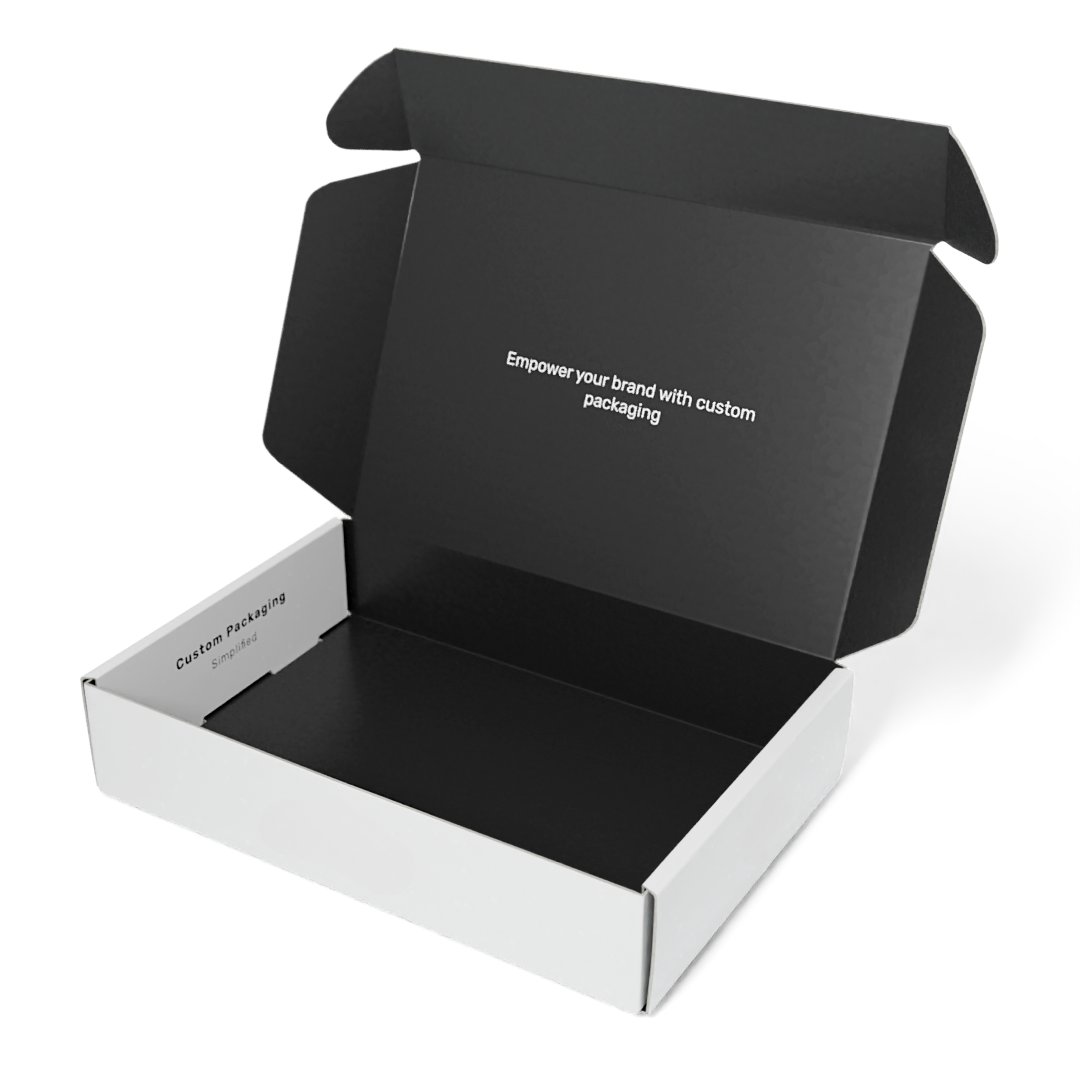
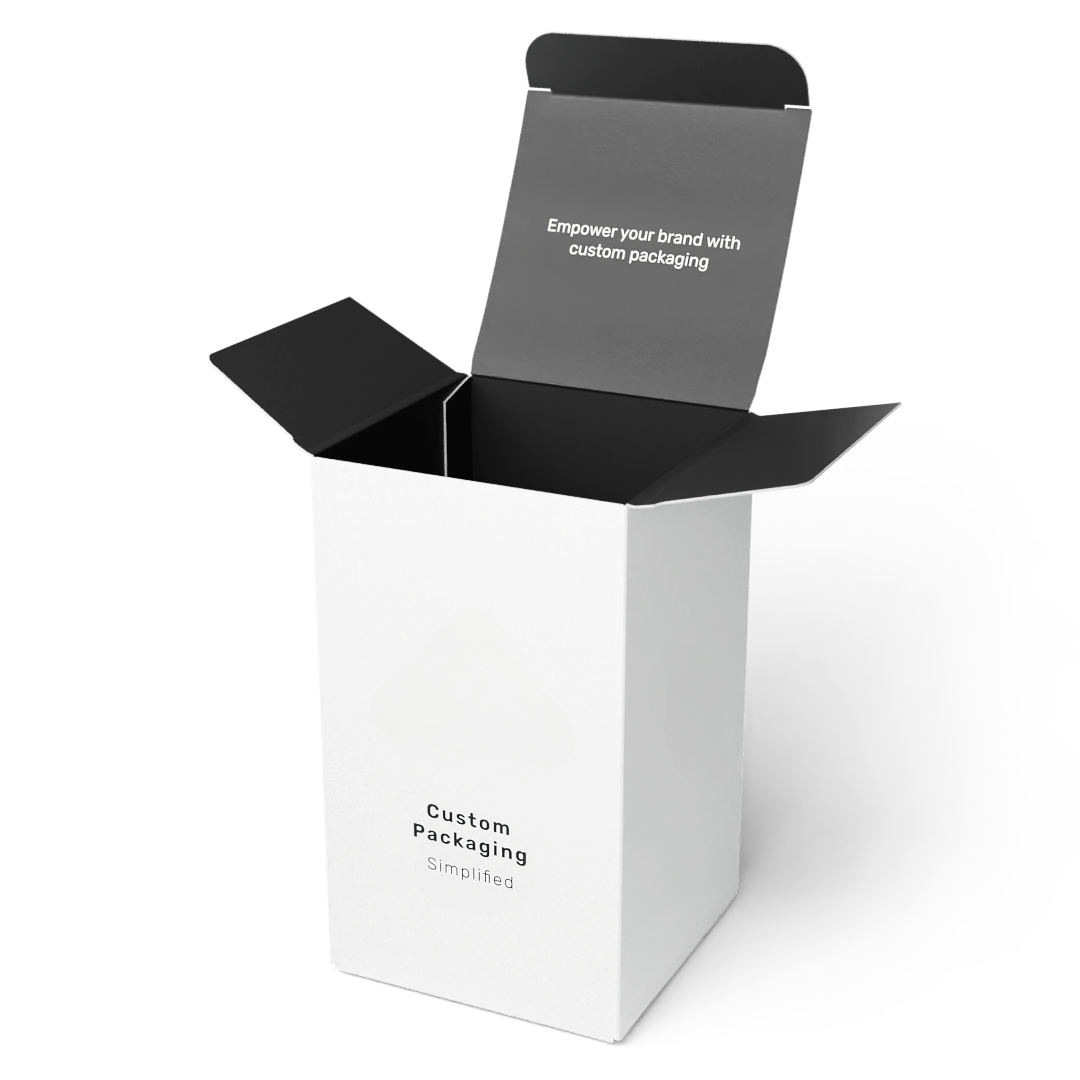
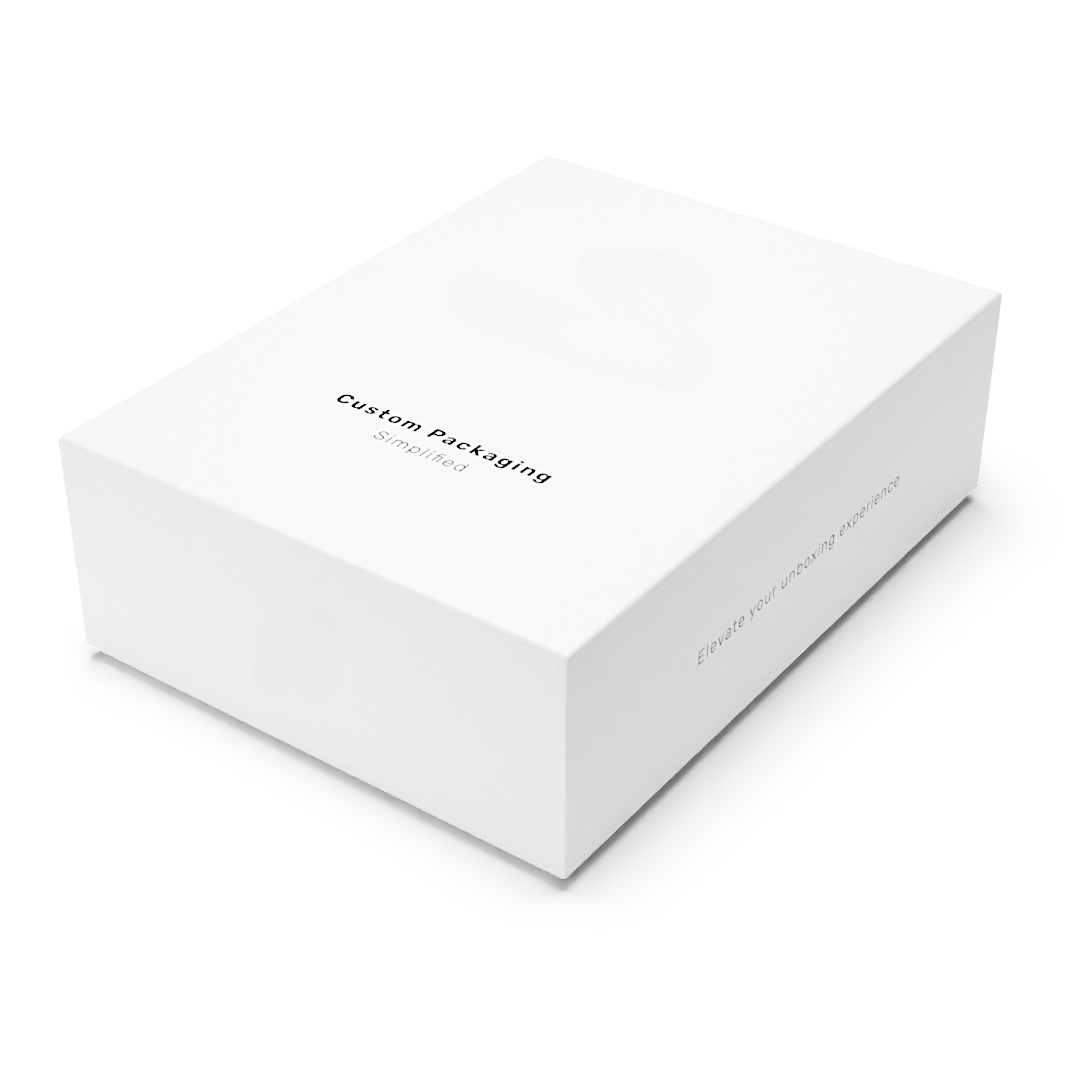
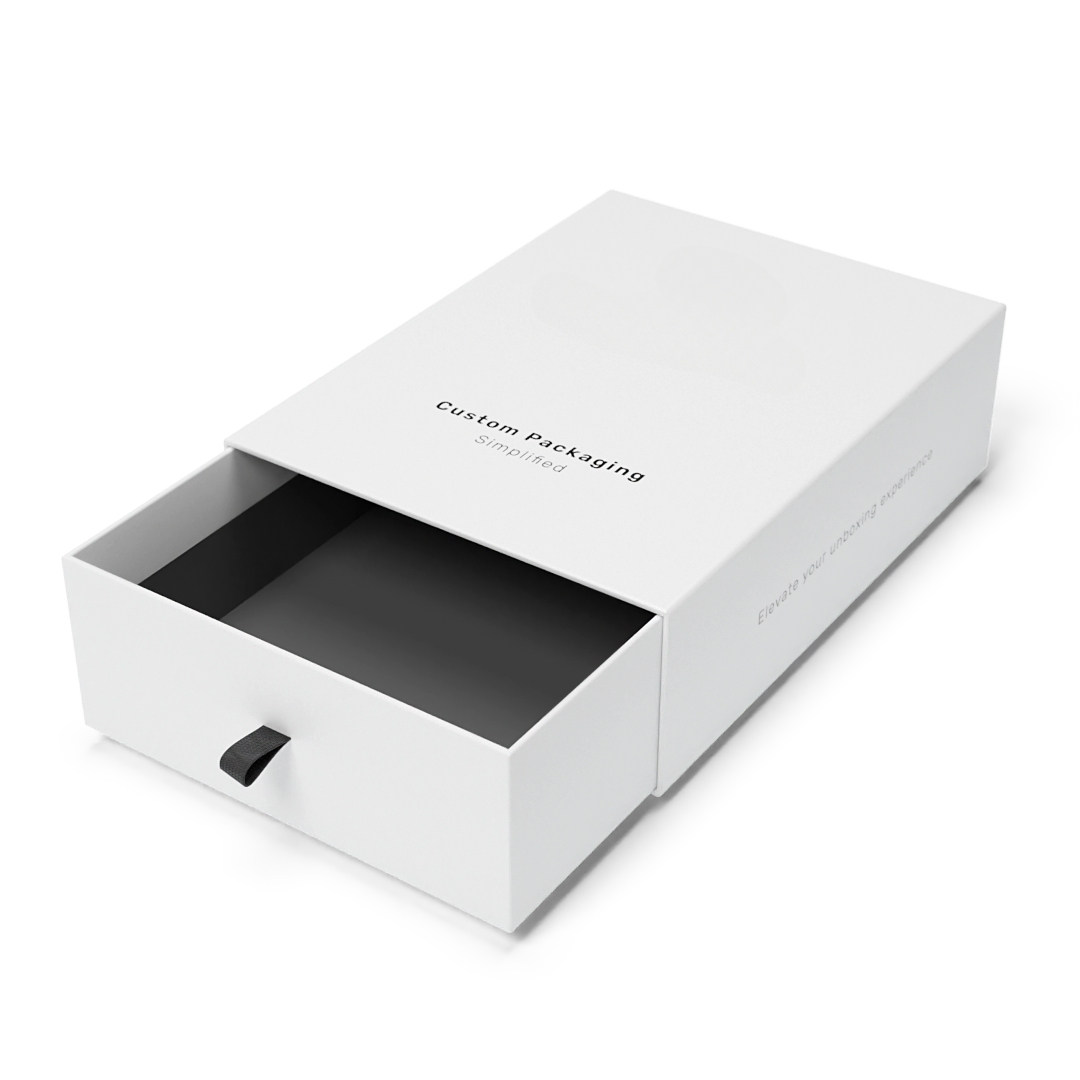
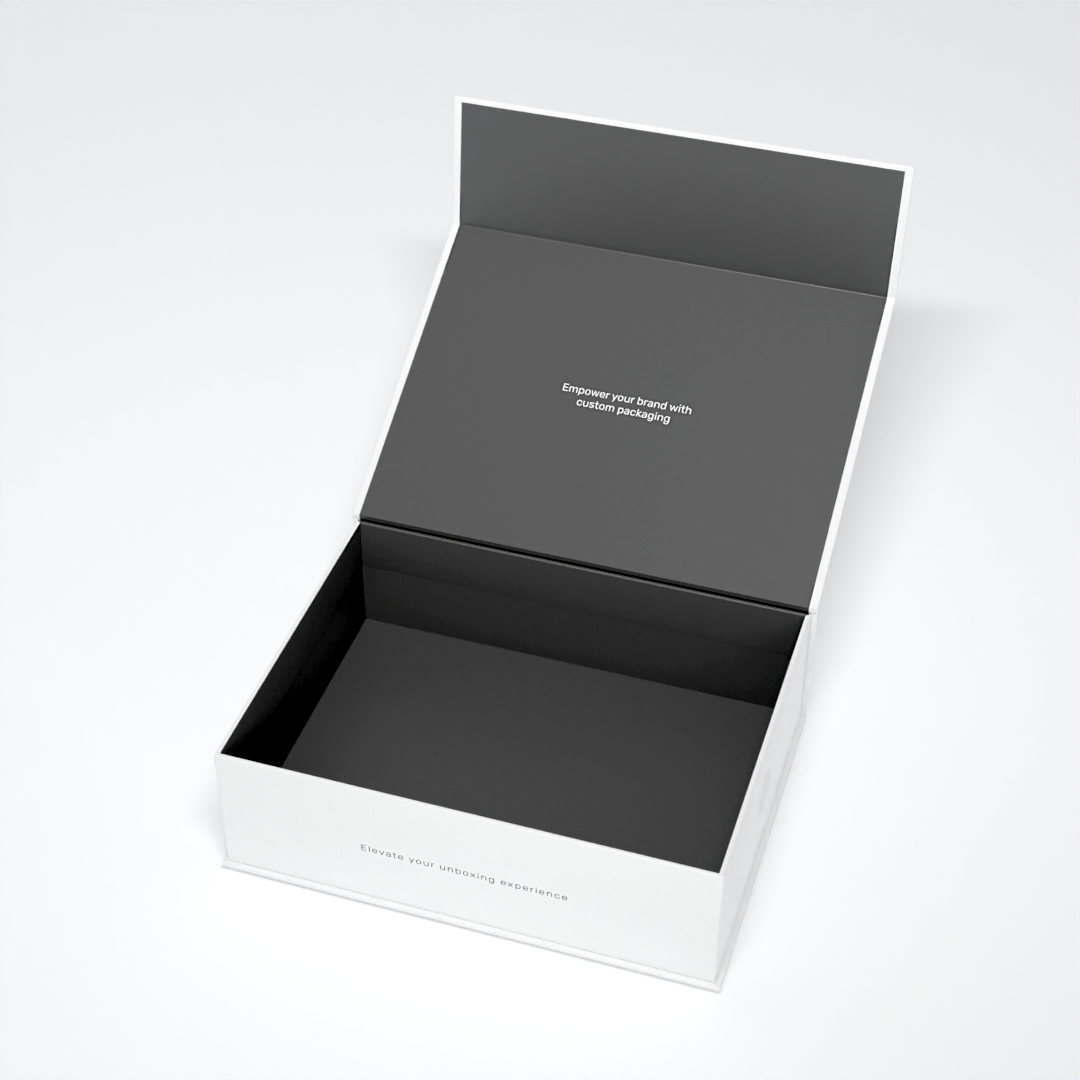
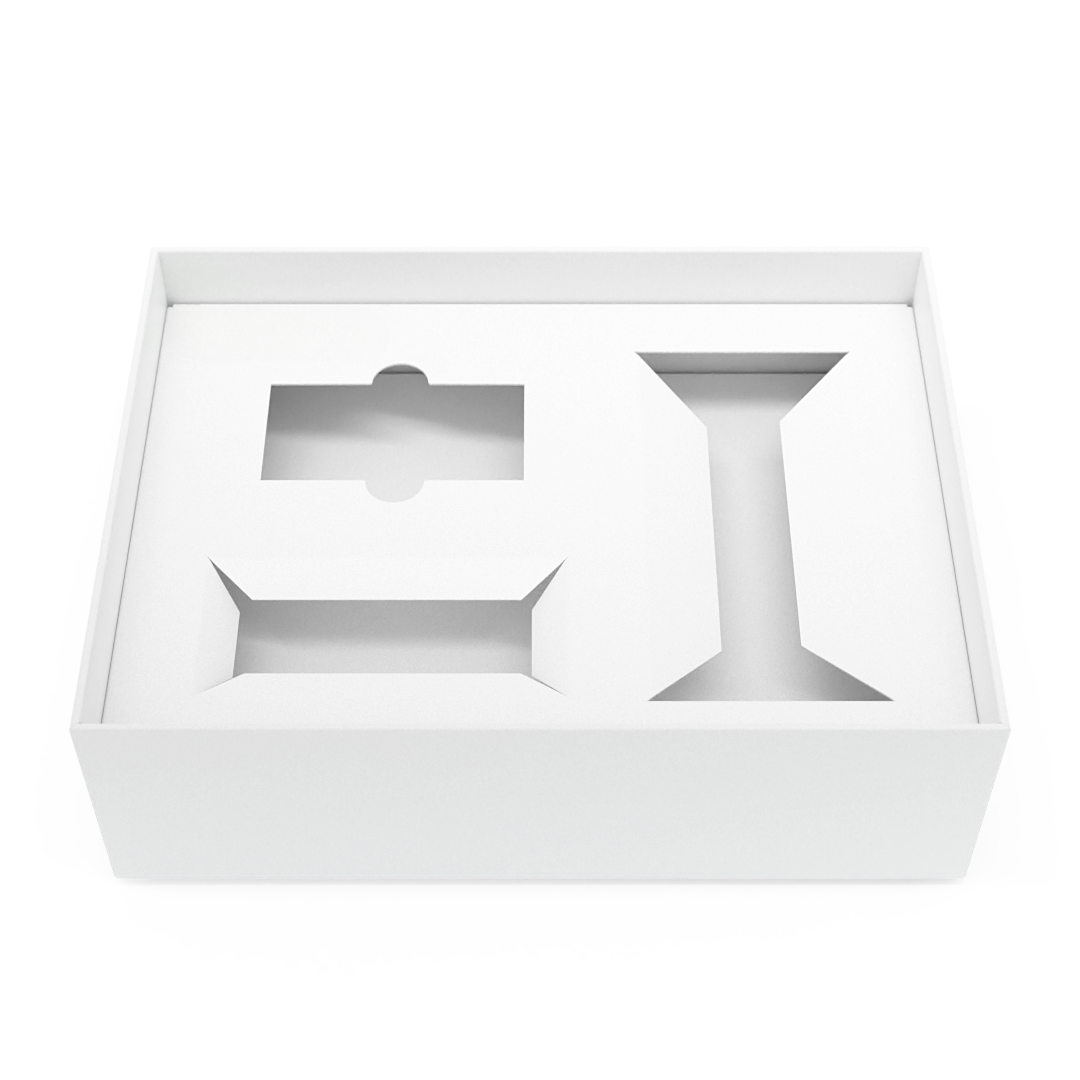
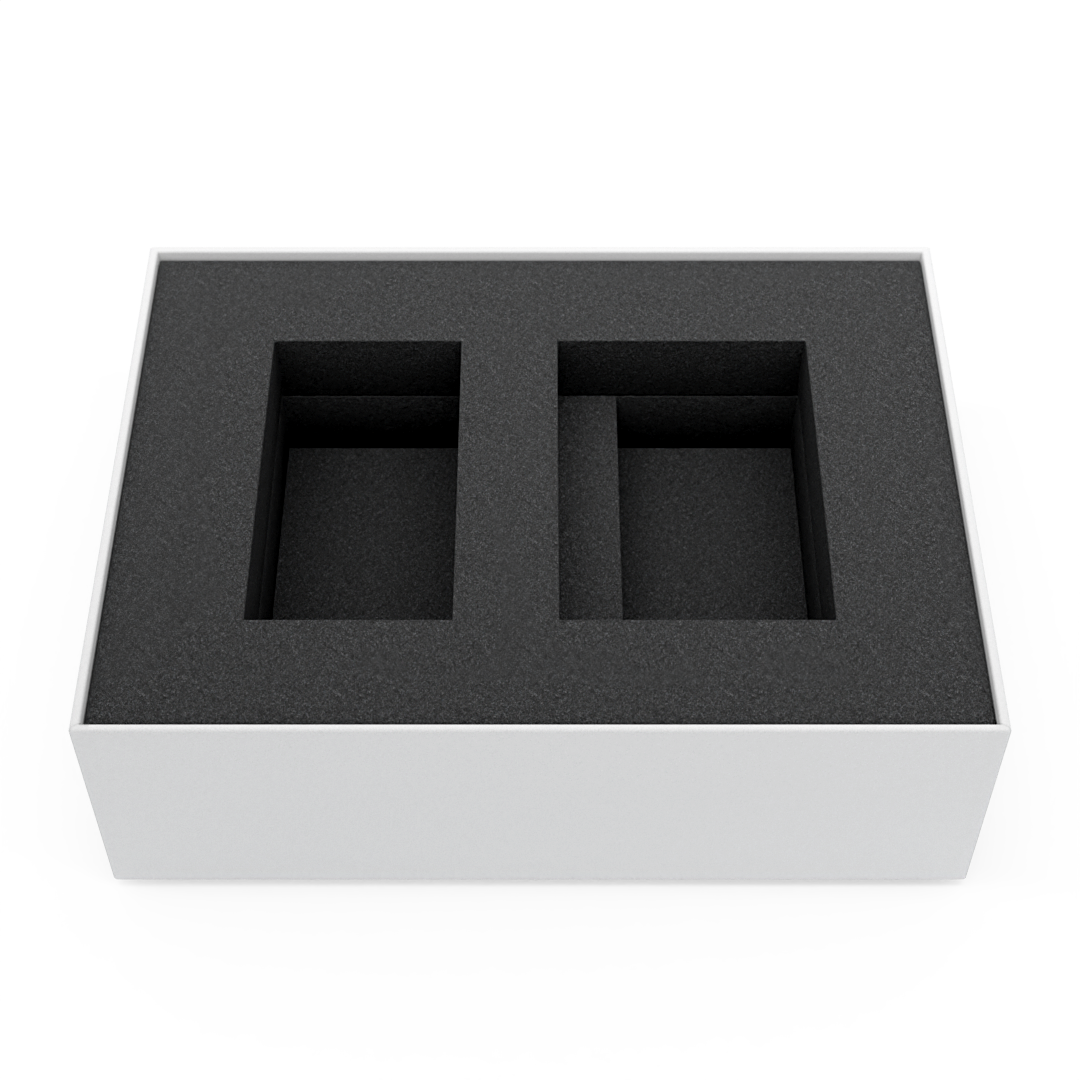
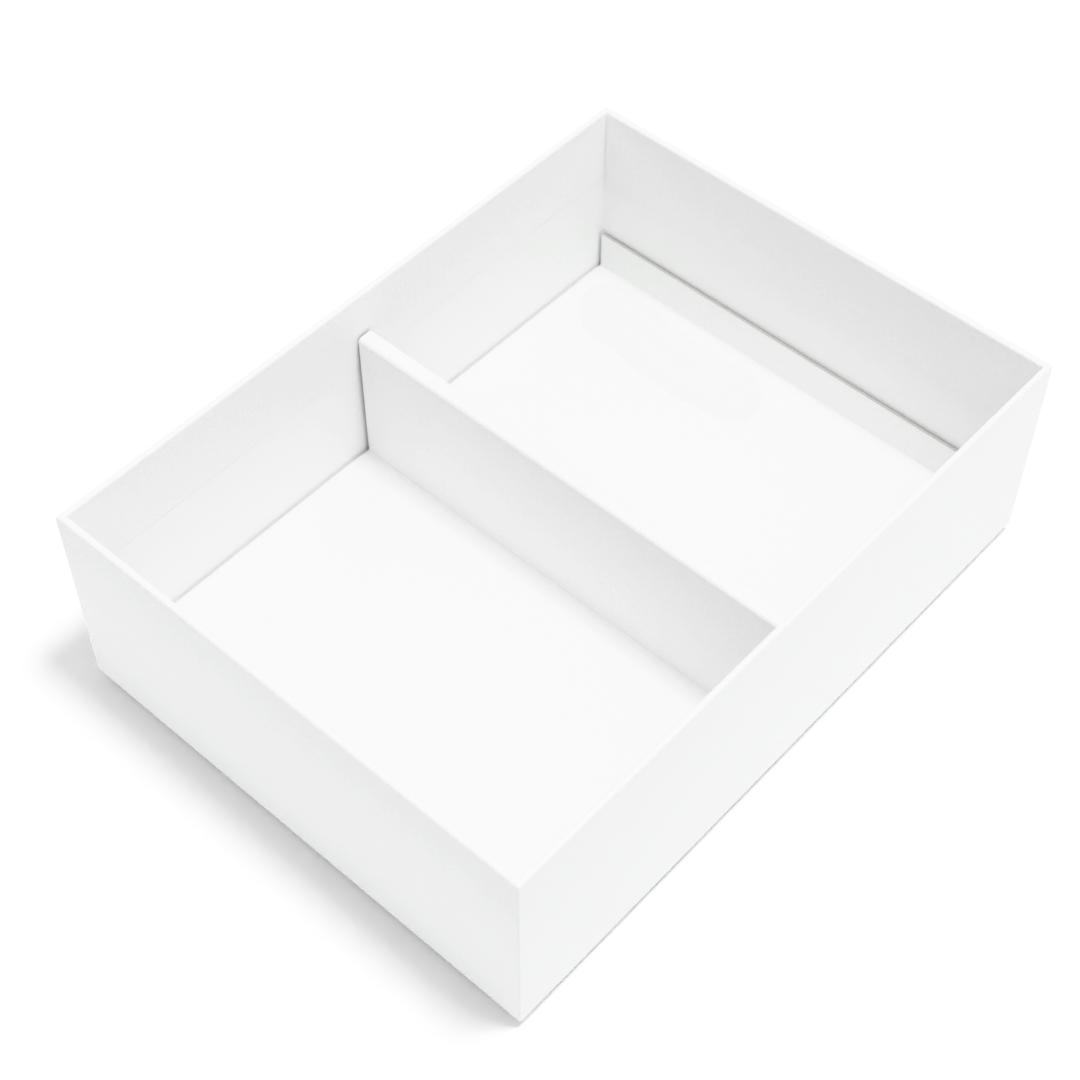
Leave a comment